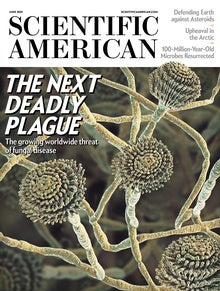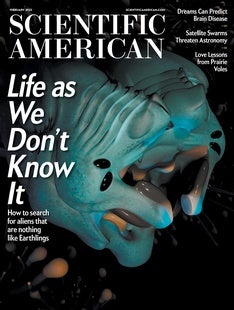Fact or fiction: Zombie Fungi, how Twitter can help rescue operations, and ChaptGPT meets education
|
 | ||||
| February 10, 2023 | ||||
 | ||||
| ||||
| ||||
| ||||
| ||||
| ||||
| ||||
| ||||
| ||||
| ||||
| ||||
| ||||
| ||||
| LATEST ISSUES | ||||
| ||||
| Download the Scientific American App | ||||
|


















Comments
Post a Comment